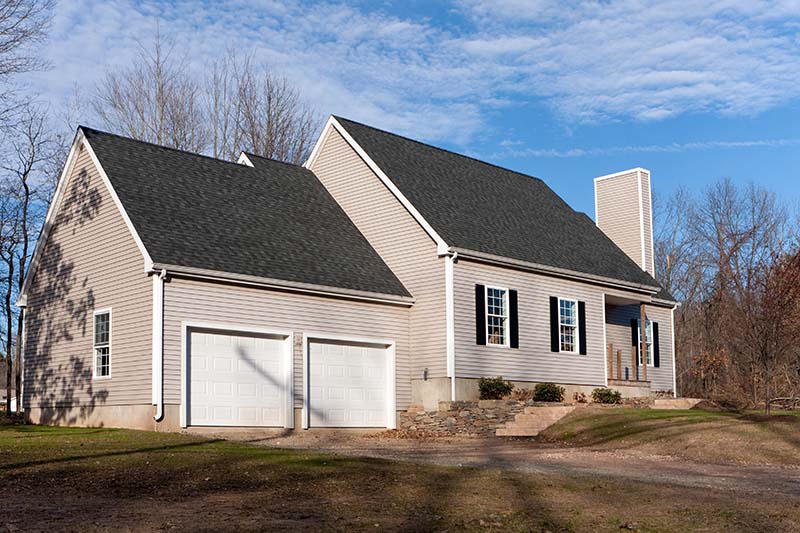
25 Apr Can You Seal A Basement From The Inside?
Nothing fills a homeowner with dread quite like water seepage in the basement. Whether it’s a tiny trickle or small puddle might seem like it’s only a small problem, but it is in fact an alarm bell for a bigger problem. Basements are built to withstand water as they are built below grade. But wet basements can weaken the foundation of your home, cause damage to stored items, promote mold growth, and can eventually impact your home’s market value if not properly dealt with.
Water in your basement can be expensive to repair depending on the cause and amount of resulting damage. Therefore, it is necessary to know certain ways to keep your basement dry.
What causes wet basements?
Ideal every homeowner would have complete knowledge about what causes water to fill your basements in the first place. But let’s start with the basics. Here are several reasons that could be the source behind your wet basement:
- Poorly maintained gutters
- Hydrostatic pressure
- Cracks in walls and floors
- Condensation
- Inappropriate landscape of the foundation
- Inefficient drainage system
So, by removing the moisture from your basement and repairing any of the underlying problems, one can cushion the blow against costly repairs..
Waterproofing Basement Walls from Inside
Yes, it is possible to do inside basement waterproofing. First, you need to determine where the moisture is coming from. Identify whether it’s the outside source that is causing water to puddle up after rain or is it moisture because of condensation on the walls and windows of your basement.
How can you get to the source of moisture? This can be tested by placing aluminum foil on the interior of the basement walls. If you see moisture on the outside of the foil after some time, it means your basement is collecting water via condensation due to high humidity.
How to Waterproof Basement Walls from the Inside?
Here are some of the steps you can take to protect basements from water intrusion.
- Redirect water away from your foundation
Land grading is important when you have found water inside your basement. If the ground slope runs towards your foundation, runoff could leak into below-grade rooms during times of heavy rainfalls or accidental water issues like a leaking outdoor faucet.
If the ground slopes aren’t adequately distanced away from your home’s foundation, you may face drainage issues. Thus, poor grading can compromise the overall integrity of your home.
To stop water from entering the basement, you need to grade your yard properly. This will help thwart the entry of incoming water. So, a key to keeping your basement dry is positive grading of the landscape (away from your foundation). How to do you grade? By creating mounds of soil or trough-like depressions, you can reshape the landscape to divert the water flow.
- Fill cracks and gaps
If you find water dripping through gaps or cracks into the basement, you need to seal them with hydraulic cement. It contains some additives that help the cement with adhesion and expansion. As the sealant sets rapidly, it easily travels deep into the cracks and crevices to help prevent more water from coming inside. If this task is beyond your expertise, take help from a professional basement waterproofing company.
- Apply a masonry waterproofing product to the walls
If your foil test confirms water seepage in basement walls (inside water source), remove the existing paint off. Seal/coat the interior of the walls with a suitable masonry waterproof product. When the paint dries, the sealant forms a watertight bond to stop water from filtering through. This is a relatively simple way to waterproof your basement walls from inside.
- Add or upgrade gutters or downspouts
Gutters and downspouts work to divert water away from your house. They play a beneficial role in maintaining good structural health of your home or building.
If do not have gutters or sump pumps, consider adding them. If you have already installed downspouts or gutters add metal or plastic extensions. It will help to capture runoff or excess water and drain it far away from your foundation.
- Install an interior drainage system
The best-known method to provide the utmost protection against water leaking or accumulating in your basement is installing an interior French drain and an efficient sump pump system.
This can be a challenging task that may be best left to professionals, but solves the water problem. To install a French drain connected with the sump basin via a drainpipe, you need to dig a trench on your basement floor and then fill the trench with gravel. The drain tile moves extra water to the sump basin and then water is routed out of your house through an electric pump.
Nothing gives homeowners headaches like wet basements. Since basements or cellars are built below ground level, water can easily get into it to make things worse.
The sooner you troubleshoot and find a complete fix to the problem, the easier it is for you to maintain your home and keep your family safe and healthy.
Interior waterproofing of the basement is a great option to think about if you want the area dry and clean. This is due to the fact that it is much less intrusive and can be done without any substantial exterior excavation.
Also, it doesn’t drive your costs up. Basement waterproofing is a required for preventing mold growth and keeping your home as dry as possible.


No Comments